It’s the 12th largest country in the world, 80% covered by a (shrinking) ice cap, and also one of the hardest places on the planet to get to. There are no direct UK flights to Nuuk, Greenland’s capital and home to about a third of the country’s sparse population of around 56,000. Instead, most people go via Iceland, its better-known neighbour.
But it’s precisely this mysterious remoteness that makes Greenland the perfect venue for the third round of the pioneering all-electric Extreme E off-road championship: the Arctic X Prix. It’s also the very first motorsport event to be hosted in Greenland, a country where July is the only month in which the average temperature is consistently above freezing.
But it's a place that fits in perfectly with the ethos of Extreme E: modern motorsport that captures the zeitgeist by putting the focus on ecologically sound electric competition with the emphasis on community and exploration, boosted by some star drivers.
Chief championship officer James Taylor explains: “Greenland was actually the very first place we originally envisaged to take the championship, back in 2019, as it’s a world-renowned centre of climate change study. Our whole ethos is education-led, so to hold an event in the very shadow of the Russell Glacier, one of the ice caps that is melting, is a very powerful message.”
The inconvenient truth about climate change is that here in the UK we are, to a certain extent, sheltered from the most extreme manifestations of it, with the effects not immediately obvious. In Greenland, they see it happening before their very eyes.
The race takes place in Kangerlussuaq, a small town on the western coast about 30 miles north of the Arctic Circle, with a population of just over 500 but also its own airport. It was perhaps best known for the Sondrestrom Upper Atmospheric Research Facility, operational between 1983 and 2018, tracking weather patterns that were the inevitable result of climate change.
Like every Extreme E event, there’s no existing infrastructure when the championship comes to town. The course is built from scratch to showcase the natural landscape in a side-by-side racing format. “In that respect, it’s similar to Saudi Arabia and Senegal, where we’ve raced so far,” says Taylor. “Everything that’s there, we bring ourselves.”
But hosting a race in Greenland has a few unique challenges of its own. Most notably, the population has extremely low levels of Covid, and the government is keen to keep it that way. So a lot of the preparatory work focused on liaising with the medical community to ensure that a tight bubble remains in place around the event. Only 1000 people per week are allowed into Greenland under the current rules, and Extreme E is upping that total by around 500. As Taylor points out: “You have to be extremely sensitive to local sensibilities.”
However, what’s struck Taylor most is the extreme friendliness and interest of Greenlanders around the event. While motorsport is a brand-new thing, a few people there follow Formula 1 and even more tune into rallying. On the road, you’ll see a few Polaris-style side-by-side buggies, so people get the concept of off-road racing as seen in Extreme E.
“They’re incredibly welcoming, but hardy and tough people,” says Taylor. “Life here is tricky, especially in the winter with the long nights and the constant cold.”

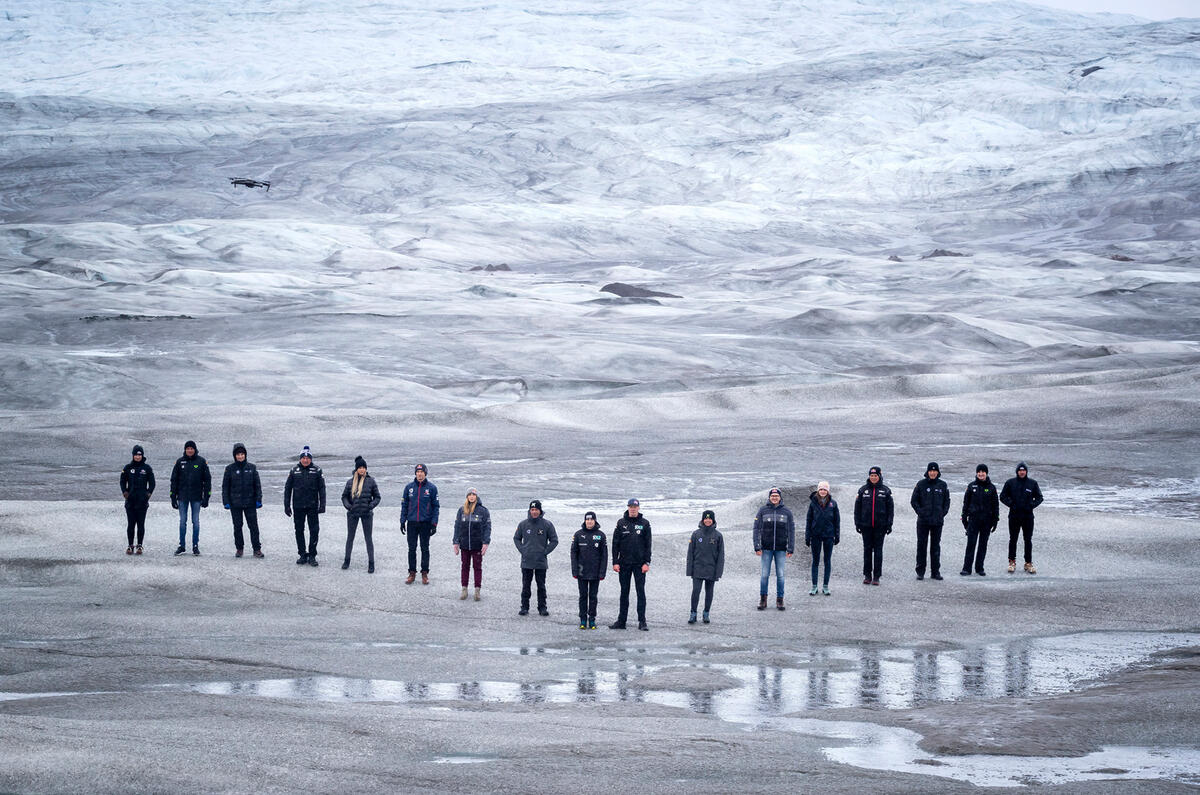

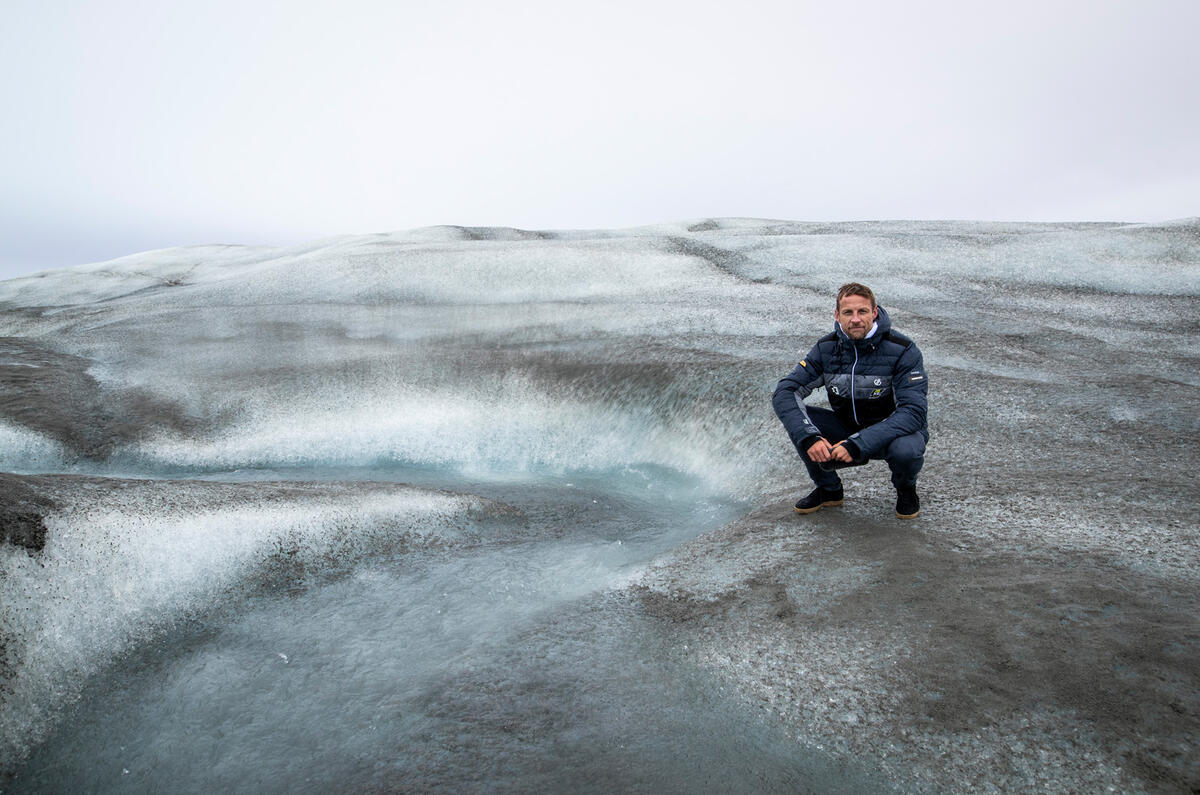
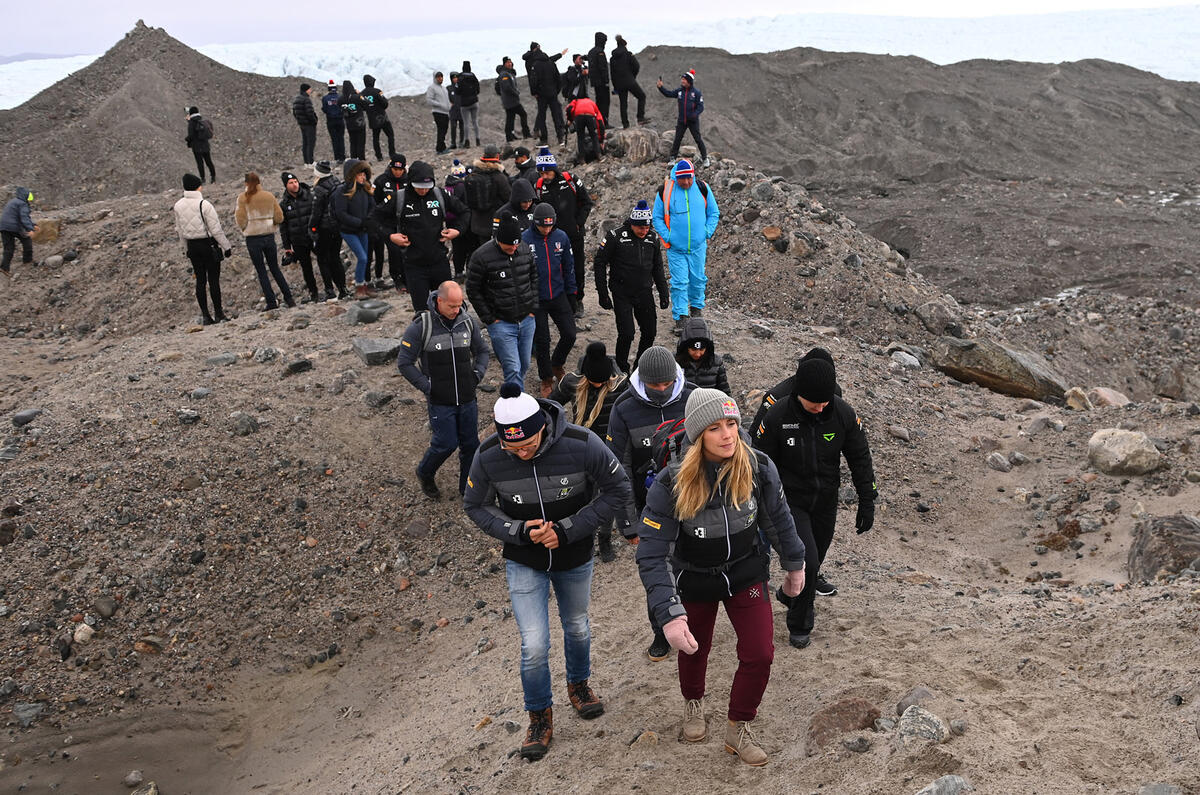

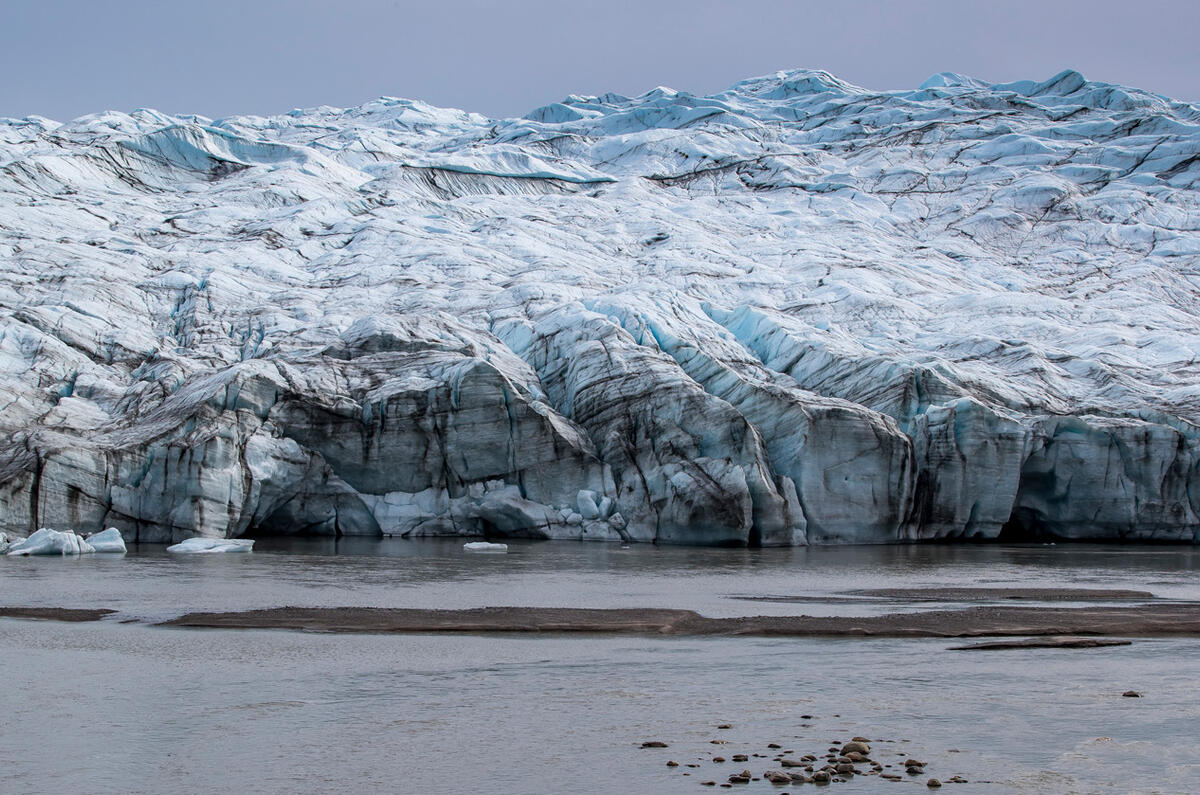
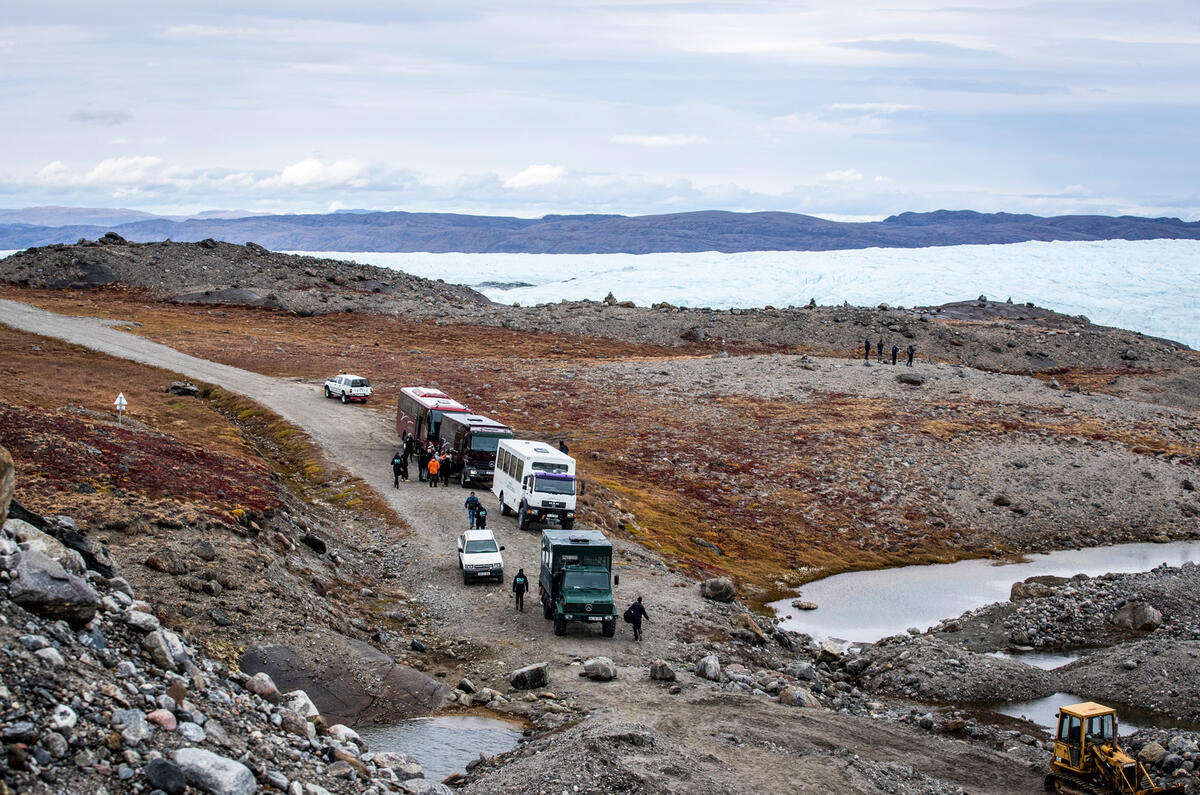









Join the debate
Add your comment
Erm, how's this Eco friendly?, logistics suggest something delivering the event, will have to be a nasty polluting fossil powered transport.